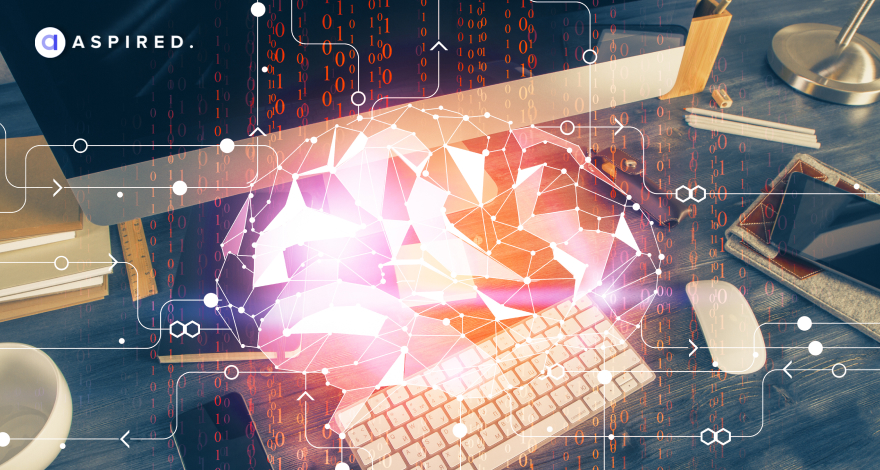Let’s enter the realm of the digital brain, where neuroscience, computer science, and AI are at the forefront of everything. This mind-boggling amalgamation of human minds and computer chips will have you scratching your head over how the brain got inspired by itself to create its digital counterpart.
But with today’s blog, we’ll end this confusion and put your mind to ease by exploring what Brain-Inspired AI is and how it works in the first place. Then, we will introduce you to the different types of brain-inspired AI, their cool features, the challenges they face (because, let’s face it, nobody is perfect), and where they are currently strutting their stuff. To top it off, we'll look into the future, where brain-inspired AI is ready to revolutionize the tech industry.
It will be a lot of fun, and you can learn a thing or two. Let’s start with the basics.
Understanding Human brain-A simplified description
The human brain is made up of cells called neurons that communicate with each other to process information.
A neuron has three core sections
Dendrite: Receives information from the connected neuron
Soma: Process information received from the dendrite
Axon: Transfer the info to the next dendrite in sequence
The transfer of information between axons and dendrites is called Synapse
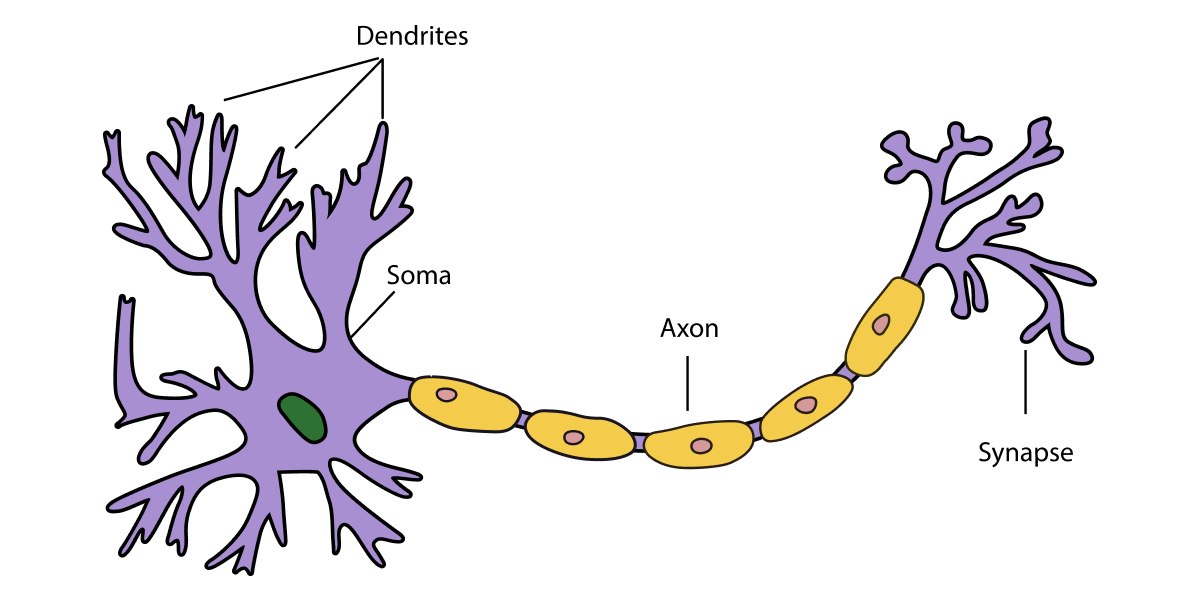
EXAMPLE: When a car approaches you, your eyes send signals to the brain. The brain then processes the information through a chain of neurons communicating through synapses to produce an appropriate response. Once an optimal response is determined, the brain sends signals to the necessary effectors, such as the legs, to act on that response, such as running away from the oncoming car.
What is a brain-inspired AI?
Before diving into this, let’s first understand artificial neuron
Artificial Neuron or Interconnected Node: An interconnected node is a fundamental component of an artificial neural network. It is a type of computer program inspired by the structure and function of biological neurons.
It is a mathematical function that processes information and communicates it with other nodes in the neural network.
An artificial neuron typically has three components as well.
Input: Receive data (like dendrites)
Activation function: Process the data (like Soma)
Output: Provide the resulting value (Like axon)
The nodes are connected by pathways called connections (like Synapses). These connections are assigned different strengths (numerical values) called weights, which are adjusted during learning.
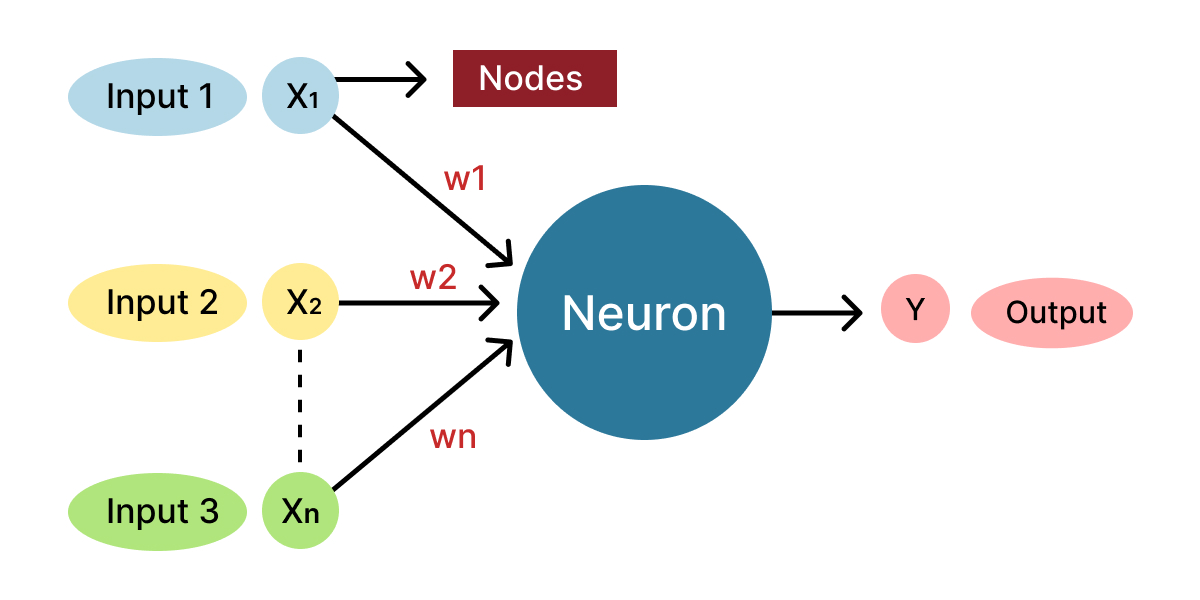
EXAMPLE: let’s say we want to build a neural network to recommend products to customers.
Train the network using a data set of customers’ previous purchase histories. (what they enjoy or didn’t enjoy). During the training, the network adjusts its connection weights between the input and output layers to predict which products the customer will buy.
Once trained, feed the customer’s purchase history into the network’s input layer, and it will produce an output indicating the product the customer will likely enjoy.
Mirrored Minds: The Interplay of the AI and Brain
The Brain and Artificial Intelligence (AI) relationship is fascinating. A dance in which each partner learns from the other in an ever-evolving performance. The brain inspires AI, and in turn, AI informs our understanding of the brain. This exchange is a testament to the power where the intersection of neuroscience and computer science paints a picture of the future that is nothing short of revolutionary.
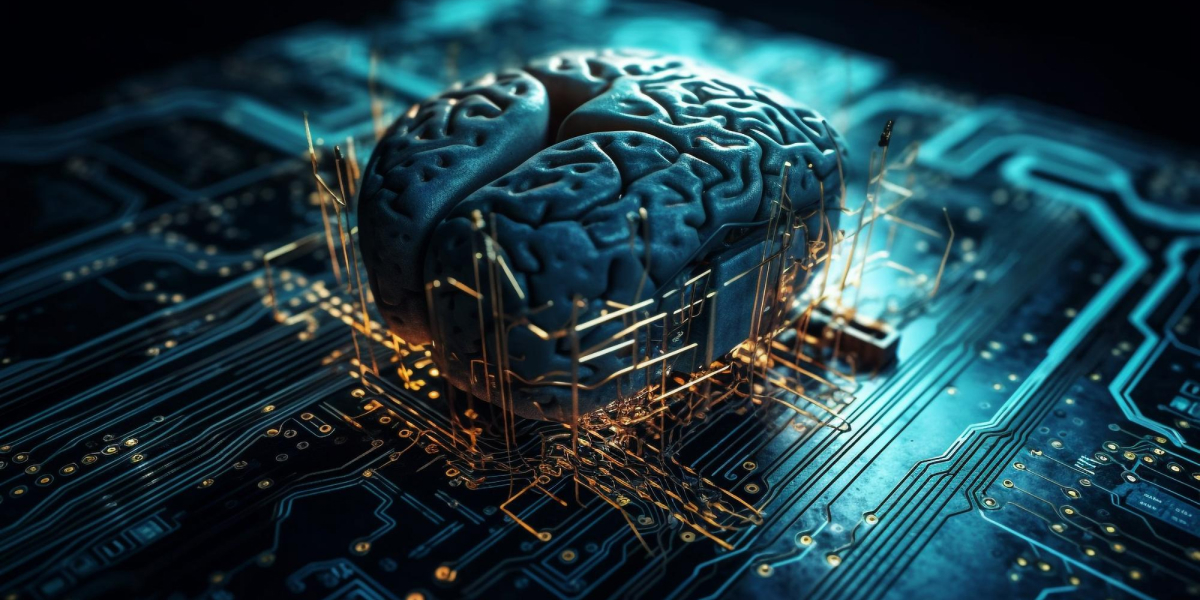
The symbiotic relationship between Brain and AI is a tale of mutual enrichment and evolution, and here we are presenting some examples with their main features that bear testimony to this fact:
Neural Networks
- It is a Computational model inspired by biological neurons.
- Neural networks mimic the brain's processing and learning mechanisms.
- Use interconnected nodes (artificial neurons) to process and transmit information.
Deep Learning
- It is the subset of AI inspired by neural networks.
- Involves training networks with multiple layers to learn complex patterns.
- Used for tasks like image recognition, natural language processing, and speech recognition.
Reinforcement Learning
- The brain's reward-based learning system inspires it.
- Trains AI agents to make decisions and take actions to maximize rewards.
- Involves trial and error learning through interaction with an environment.
Cognitive Architectures
- This is an AI system mimicking human cognitive processes and functions.
- Replicate intelligence, perception, memory, and reasoning.
- Aim to achieve human-like cognitive abilities.
Brain-Computer Interfaces (BCIs)
- BCI Technologies enabling direct communication between the brain and external devices
- It uses brain signals to control devices or provide feedback/stimulation to the brain
- Enable applications like assistive technology, neuroprosthetics, and brain-controlled devices
The Challenges of Brain-Inspired AI
Have you ever tried teaching your dog quantum physics or explaining the nuances of impressionist art to your goldfish? Is that tough? But It’s not a hoot and a half, with humans trying to cram our wonderfully chaotic cognitive processes into artificial intelligence's straight-laced, binary minds. Yet, we are attempting to make sense of this wild ride. This intriguing endeavor is about creating more intelligent machines and crafting a bridge between biological neurons, silicon circuits, human intuition, and algorithmic predictability. As fascinating as it sounds, the journey of brain-inspired AI is riddled, constantly challenged, frequently surprised, and always learning.
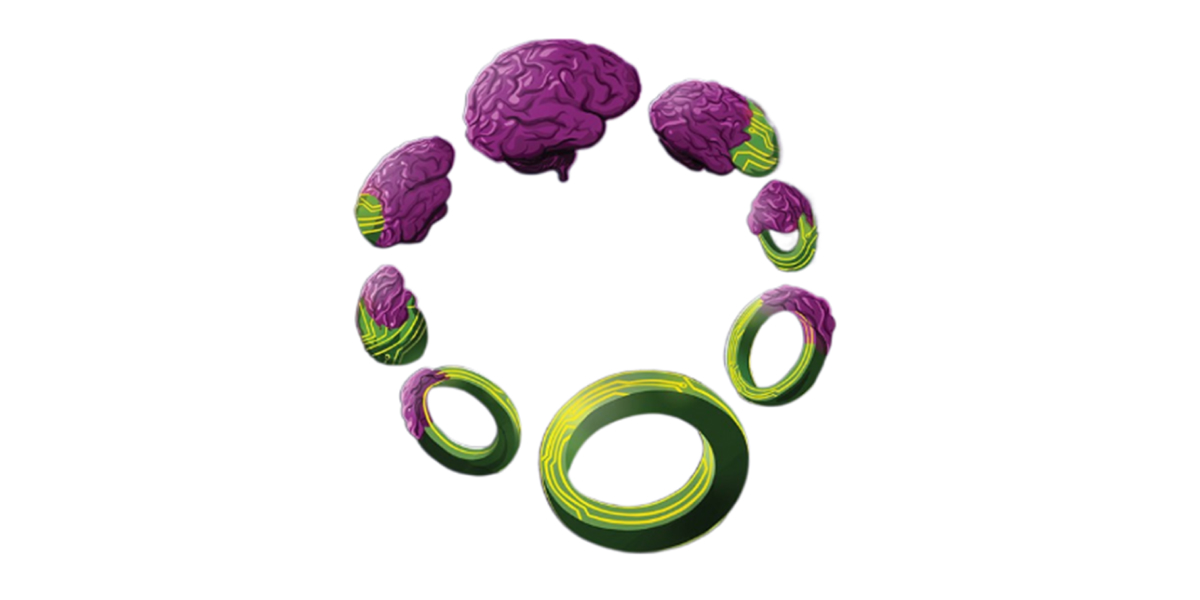
AI presents unique challenges that researchers and scientists are trying hard to overcome. Here we will discuss some of the significant ones.
Understanding the Brain Complexity
The human brain is the most complex structure in the universe. The task of mimicking 100 billion neurons and 600 trillion synapses in AI is a daunting challenge. Despite being considerable advances, there still much we don’t understand about how it works. It necessitates complex statistical models to capture the brain’s unpredictable dynamics.
Large Model Requires Ample Data for Training
Training advanced AI models like GPT5 requires enormous data, much beyond the 47GB utilized by its predecessors, GPT4. Such Colossal data requirements highlight the importance of efficient data collection pipelines such as Tesla’s extensive driving data. It has 780 million miles of driving data. Its efficient data collection pipeline adds another million after every 10 hours.
Explainability Challenge
The black-box nature of the brain, which forms the basis of the AI model, hampers trust in AI. Despite so much advancement in the study of the brain's biological structure, we still need empirical information on the functional qualities of the brain.
The interdisciplinary needs
Constructing brain-inspired AI requires collaboration across various fields, including neuroscience, computer science, engineering, philosophy, and psychology. However, coordinating these diverse perspectives presents logistical and financial challenges and potential conflicts in approach and understanding.
Energy Efficiency
Emulating the human brain’s energy efficiency is a significant challenge in AI development. The brain operates on approximately 20 watts. However, AI systems such as Tesla’s autopilot consume far more power, with large models requiring millions of watt-hours for training.
The Future: All about Brainy AI
Let’s cut to the chase. AI is not a hot topic anymore; it’s a reality everyone adapts to. We have seen the power of AI, from winning at complex games to creating engaging stories and much more. Yet these current AI systems are just like computation powerhouses.
The future, however, looks different. We are on the cusp of brain-like AI, courtesy of neuromorphic processing. By mimicking structures of the brain, these AI systems could process sensory information, form long-term memories, and handle multiple tasks simultaneously.
And the cherry on the top? We might see them in various coming products, ranging from speech recognition to health care to even space exploration. The advancement leads us to Artificial General Intelligence, the holy grail of AI, revolutionizing the economy and human productivity.
Signing off: Brain-like AI is Knocking
And there you have it, dear curious companions, we end this captivating journey of brain-boggling with AI. While we may not have all the answers to the brain’s and AI’s enigmatic riddles, one thing is clear: the secret to an AI revolution lies in a multidisciplinary approach.
Now that you have journeyed through the fascinating world of brain-inspired AI. Why not take that inspiration and channel it into your project? Our development agency is writing about more than just the code. We are writing the future, one line at a time. So, if you want to build the next big thing in AI or any field, we are just a click away; let’s inspire and get inspired together.
Remember, the future is brain-inspired. So, until next time, keep your neurons firing and your circuits inspired!

 Clients
Clients
 Processes
Processes
 Blog
Blog


